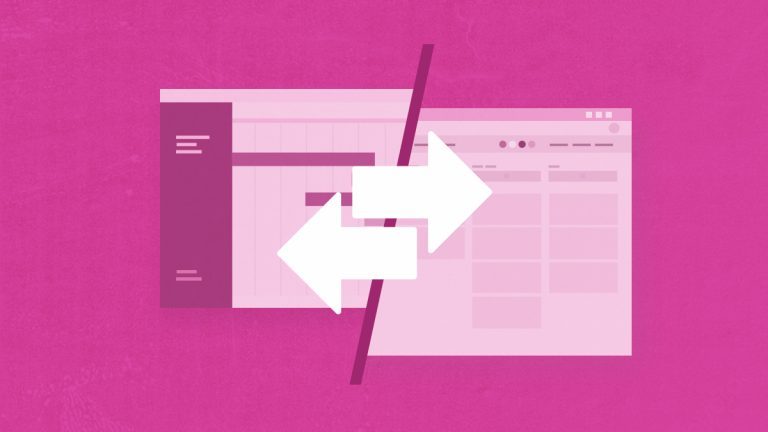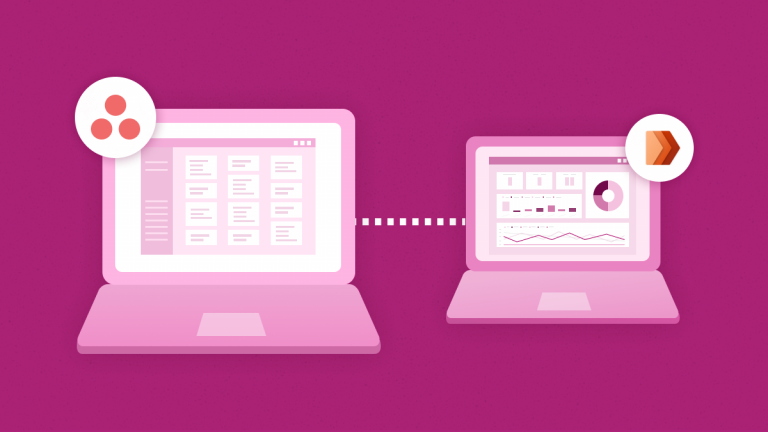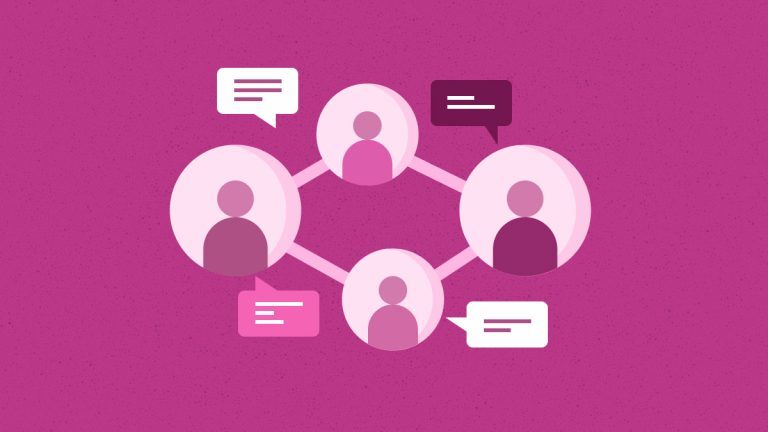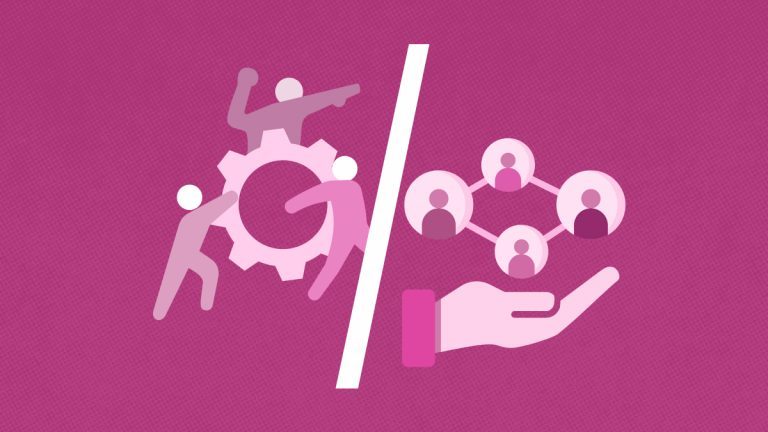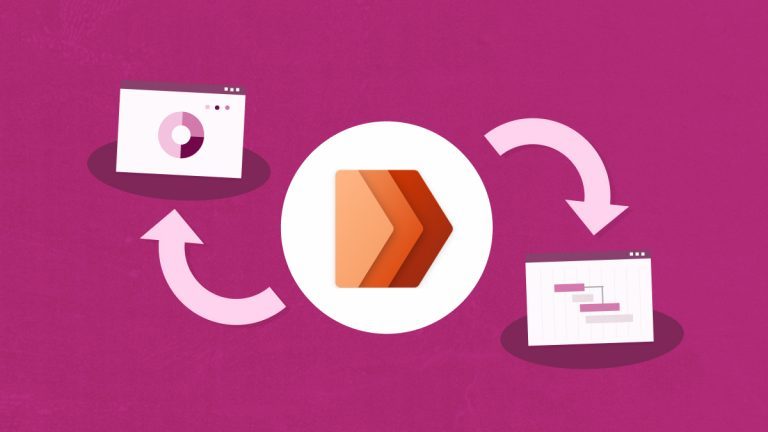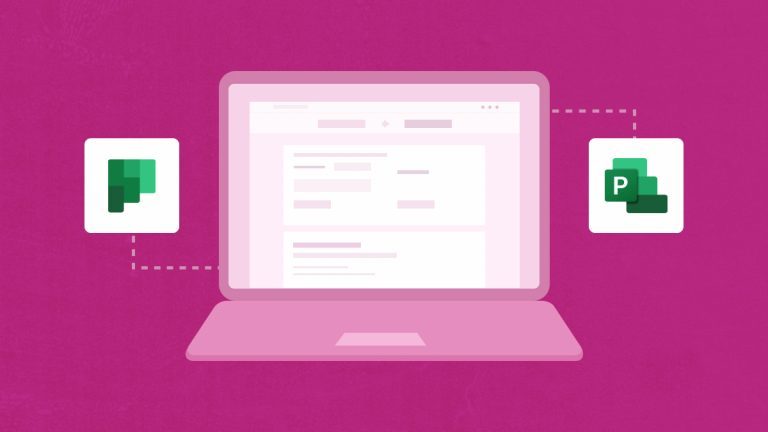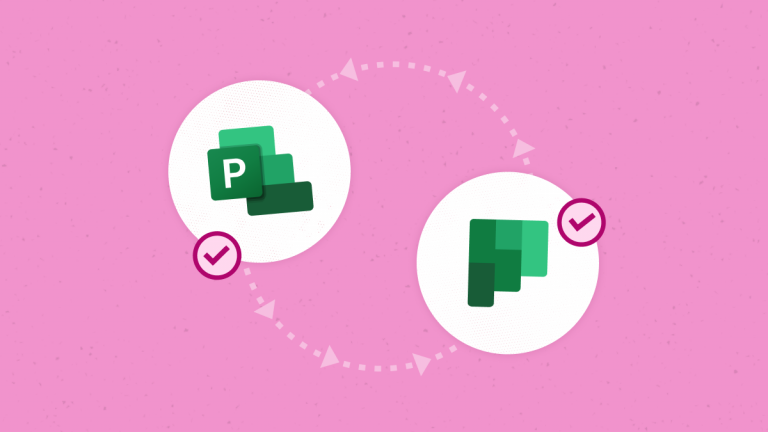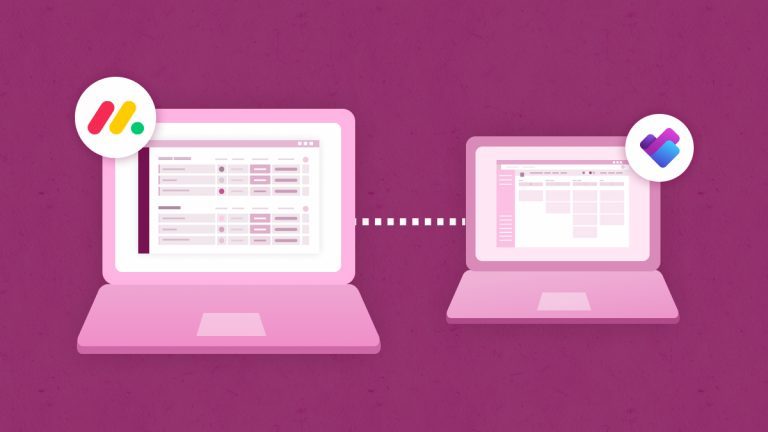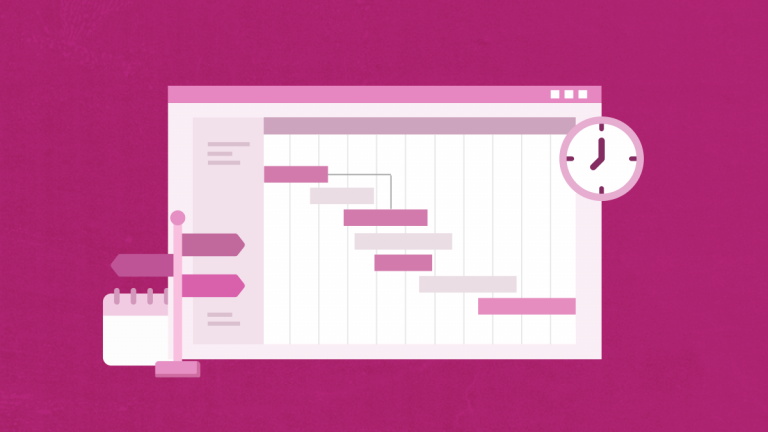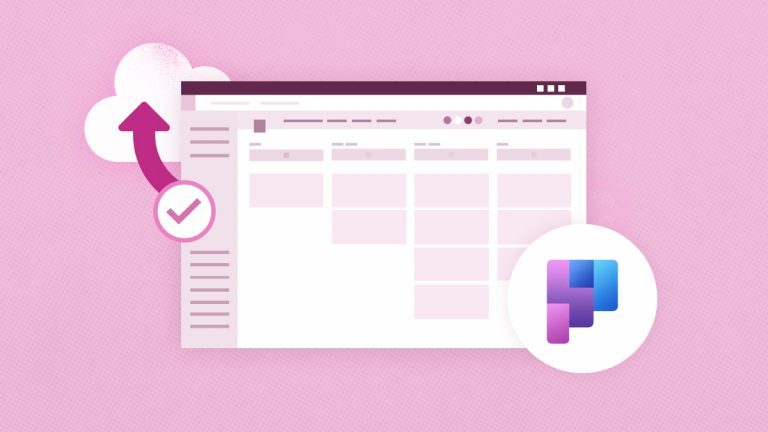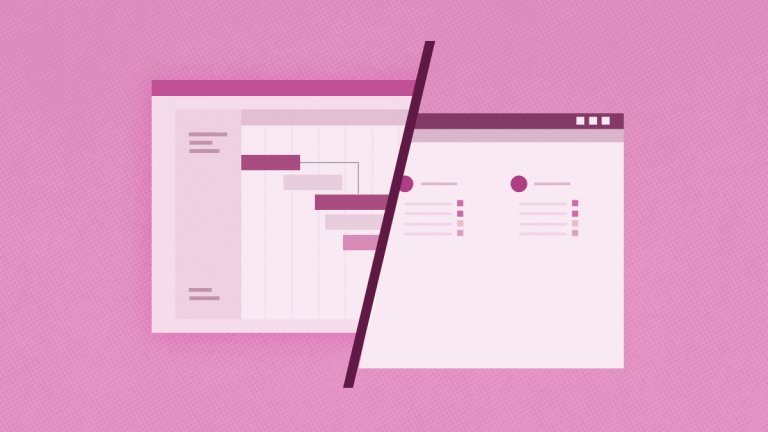
Elena Humeniuk
PPM Consultant
Successful organizations evolve with technological innovation. To help project managers adapt, Microsoft recently published Project for the Web. Many organizations previously using Microsoft Project Online are now choosing Microsoft Project for the Web adoption for managing part of their project portfolio. So, why do you need a transition? What are the benefits, and how can you make the switch?
Why transition from Project Online to Project for the Web?
As a project manager, you can use more than one system to address your unique PPM needs. While you can continue managing existing projects to completion in your Project Online environment and create new projects in Project for the Web, using Microsoft Project Online and Project for the Web side by side can cause multiple challenges, including:
- Limited portfolio visibility as data is stored in two systems.
- Limited resource planning because of distributed resource data.
- More manual work.
- Possibilities of data loss/data errors due to human errors.
Depending on the complexity, customization, configuration, and size of your existing Microsoft Project Online environment, project managers can experience even more unforeseen challenges. For these reasons, some organizations striving for broader adoption can consider switching and migrating all data to Microsoft Project for the Web.
Making the decision can be hard
Before planning Microsoft Project Online to Project for the Web migration, organizations should evaluate their current needs. The new platform should fully support business requirements and goals. Moreover, there are several migration pathways, which you should also filter according to your needs.
How to make the transition possible
Project Online is a flexible PPM solution, ideal for everyday work and complex projects and tasks. It provides robust capabilities for planning, prioritizing, and managing projects and project portfolio investments. Project for the Web offers flexible work management capabilities for a simpler project to meet organizations’ unique needs and roles. This PPM system allows you to plan and manage projects of any size. Project Online is built on top of the SharePoint platform, while Project for the Web runs on the Power Platform.
Microsoft Project for the Web includes an MPP file import feature. This import, however, is performed manually and leads to numerous challenges related to data consistency. The limitations of Microsoft Project for the Web import capabilities undermine efficient migration from Project Online. Organizations need an automated solution.
A robust external migration tool can eliminate limitations and streamline your transition from Project Online to Project for the Web. Providing full automation, it reduces data loss, saves time and cost, and eases project managers’ tasks significantly. Find out more about this solution in the article, Migration from Project Online to Project for the Web.
The benefits of moving from Project Online to Project for the Web
Transferring all project data from Microsoft Project Online to Project for the Web offers numerous benefits to organizations.
- Project for the Web provides flexibility and allows you to adopt hybrid approaches. Create tailored solutions or combine different strategies to boost productivity.
- Project for the Web is an all-in-one Microsoft project management solution, allowing you to manage all tasks, teams, and initiatives on a single platform.
- Project for the Web offers user-friendly tools for tracking, monitoring, and reporting. It can simplify your project planning, resource management, task scheduling, and more.
- With Project for the Web, your teams can communicate and collaborate more efficiently using Teams. It can boost team productivity.
- This Microsoft project management software allows you to customize your PPM system to meet your organization’s evolving PPM needs. It is a future-proof solution.
Why you should not move from Project Online to Project for the Web
- You manage complex project schedules with hundreds and thousands of tasks.
- Project Management Maturity level is high.
- You use partial resource assignment and multiple dependency types, Lead and Lag time.
- You use EV, track and manage costs, use baselines.
- You use resource-leveling.
As a project manager, migrating to Microsoft Project for the Web gives your company a head start over the competition. Now is the time to consider transitioning from Project Online to Project for the Web.
Know more about
the transition options from our blog

